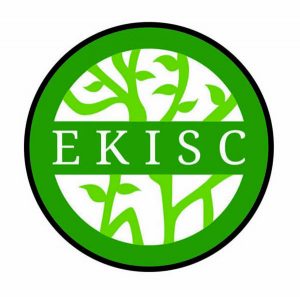Home »

The impacts of invasive species
Invasive species harm ecosystems, economies, and human health across the globe. In the East Kootenay, some invasive plant species have had devastating effects on ranch land and naturally diverse ecosystems. Other species, such as the Zebra Mussel, have not yet made an impact in our region.
Many of these species were introduced intentionally for use as pets, crops, livestock, garden plants, or for forestry. In many ways, these introductions have greatly improved human welfare by giving access to useful species, but the few that have become invasive are continuing to spread and have become a burden on our economic, social, and environmental systems.
 By the time a species becomes established in an area it’s almost always too late to eradicate them. That’s where the East Kootenay Invasive Species Council (EKISC) steps in; dedicated to prevent the introduction and spread of invasive species in the East Kootenay.
By the time a species becomes established in an area it’s almost always too late to eradicate them. That’s where the East Kootenay Invasive Species Council (EKISC) steps in; dedicated to prevent the introduction and spread of invasive species in the East Kootenay.
In addition to a comprehensive outreach program and sizeable treatment plans, EKISC also monitors for the detection of species which do not yet occur in the region.
The impact of invasive species can be massively reduced if species are detected early and action is taken early to eradicate them before they are established.
“We know which species are most likely to cause significant impacts on our livelihoods, our environment, and our economy and we have an early detection program in place to identify a possible invasion,” said Laura MacKinnon, Field Operations Coordinator for EKISC. “It’s possible to detect the presence of aquatic species early in its introduction through sampling water sources.”
 EKISC collects water samples from high-risk lakes throughout the East Kootenay, and those samples are tested to detect the presence of invasive Zebra and Quagga mussels.
EKISC collects water samples from high-risk lakes throughout the East Kootenay, and those samples are tested to detect the presence of invasive Zebra and Quagga mussels.
“It’s a great tool but it doesn’t beat prevention,” MacKinnon concluded.
Transferring knowledge to the community and industries helps EKISC with their vision of an invasive free East Kootenay.
“We enlist the help of strategic partners to help us identify solutions for future management of invasive species. We do a lot of outreach within our community and offer educational courses and workshops specific to invasive species management,” said Jessie Paloposki, Educations and Communications Manager for EKSIC. “Invasive species impact so many people. To prevent or eradicate an infestation we need community action and support from many different groups to make it happen.”
EKISC is hosting a speaker series at its next AGM on Thursday May 9. Features in the series include updates on research and action in invasive species management efforts in our area.
The Invasion Curve: A Tool for Understanding Invasive Species Management in South Florida by Rebecca G. Harvey and Frank J. Mazzotti
EKISC








